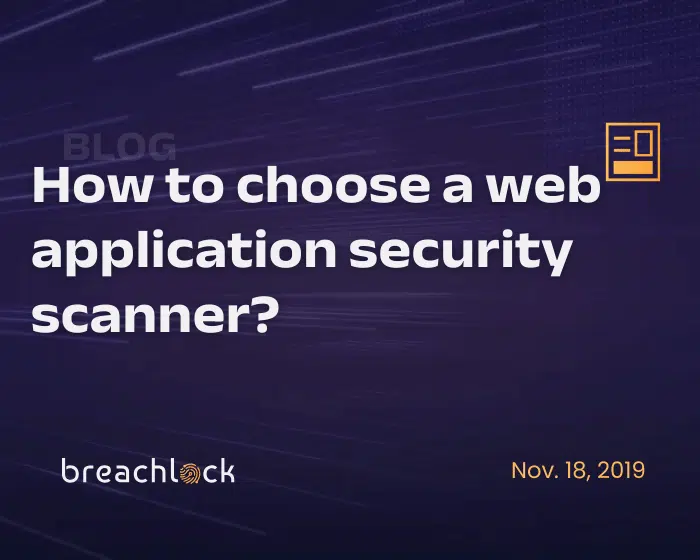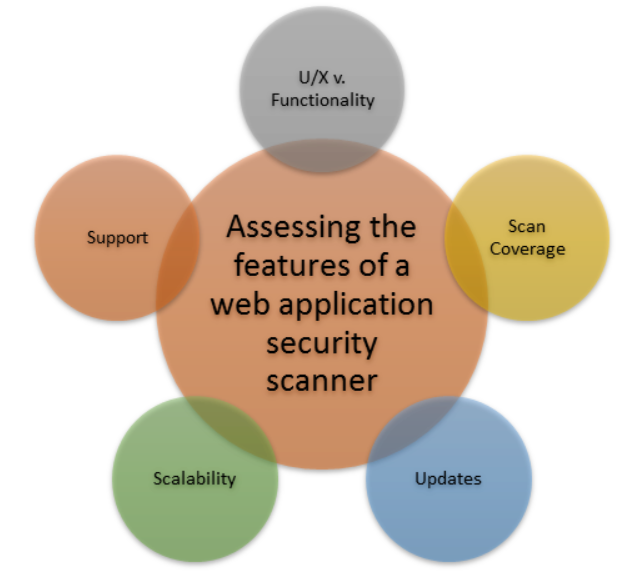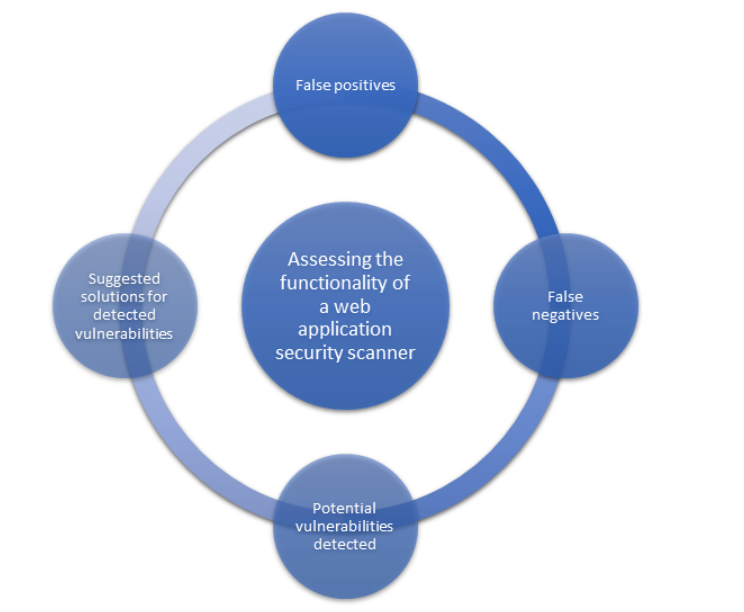

How to choose a web application security scanner?
For the decision-makers of an organization, selecting a web application security scanner for their business can be an overwhelming process as there is a lot at stake. An efficient web application security scanner can add value to the business, while a wrong decision can have significant negative impacts on the business. In this article, we will discuss various factors to ease the decision-making process for your business. This discussion is divided into three parts: understanding your requirements, assessing the features of a web application security scanner, and assessing its functionality.
Step 1 – Understand your requirements
Before exploring the existing web application security scanners, the first step is to understand the requirements in the context of your organization. In cybersecurity, there is nothing absolutely efficient or a perfect solution. As an organization, the focus should be on finding an appropriate solution. You should consider the following issues –
- Which languages have been used to develop your web application?
- Does your web application require authentication?
- Do you require access to APIs?
- Does your web application use anti-forgery tokens?
- Does your web application use URL rewrites?
- What are your scalability requirements?
- Do you need reporting features in the web application security scanner?
- What are your preferences in terms of maintenance and updates for a web application security scanner?
- Do you require a team collaboration feature on a web application security scanner?
Step 2 – Assessing the features

Figure: Features of a web application security scanner
Just as we stated previously, there is no perfect solution in cybersecurity and what works for one organization may not work for another. To assess the features of a web application security scanner, the following aspects must be considered.
U/X v. Functionality
Here, one may think that what is the role of user experience in selecting a scanner? It must be effective. However, it must be noted that a web application security scanner requires inputs from the end–user as well. Hence, there must be a proper balance between usability and functionality.
A scanner with complicated UX will rarely be used to its full capabilities. While at the same time, a scanner with beautiful UX but poor crawling power will not be able to serve the cause.
Scan coverage
As a minimum, the scanner must check for the vulnerabilities that have been reported in the CVE database along with specifications such as OWASP Top 10, SANS, etc. A scanner must not only check for common vulnerabilities, but it should also check for lesser–known vulnerabilities to scan the web application comprehensively.
Updates
Cyberspace is a dynamic place to be in, and the threat landscape is evolving at an unprecedented rate. Hence, an organization must prefer a scanner that is continuously updated. If your vendor takes a longer duration of time to update its scanner with recent vulnerabilities, it substantially increases the risk of a security breach for your organization.
Scalability
For modern-day businesses, scalability is a prominent factor while choosing a web application security scanner. If it is expected that the size of your existing web application will increase exponentially, or you will be required to monitor hundreds of web applications, then you must check how many simultaneous scans a scanner is capable of running.
Support
As you are opting for a third-party scanner, customer support is a must. While entering into a contract with the vendor, you should include a service level agreement (SLA) that specifies the duration that your vendor will take to address your query. When the security of your web application is at stake, time is of the essence.
Step 3 – Assessing the functionality

Your trust in a web application security scanner is a mandatory requirement as you are trusting it to do its job, and this “trust” is something that is not achieved overnight. It must be noted here that an automated security scanner should not be considered a replacement for penetration testing. Before finally deciding on a scanner, we suggest that you must evaluate it in a test environment on the following three factors:
- False positives and false negatives
- Potential vulnerabilities detected
- Suggested solutions for detected vulnerabilitiesChoosing a web application security scanner is an important decision to ensure the security of your web application. Contact us to learn more about breachlock web scan.







